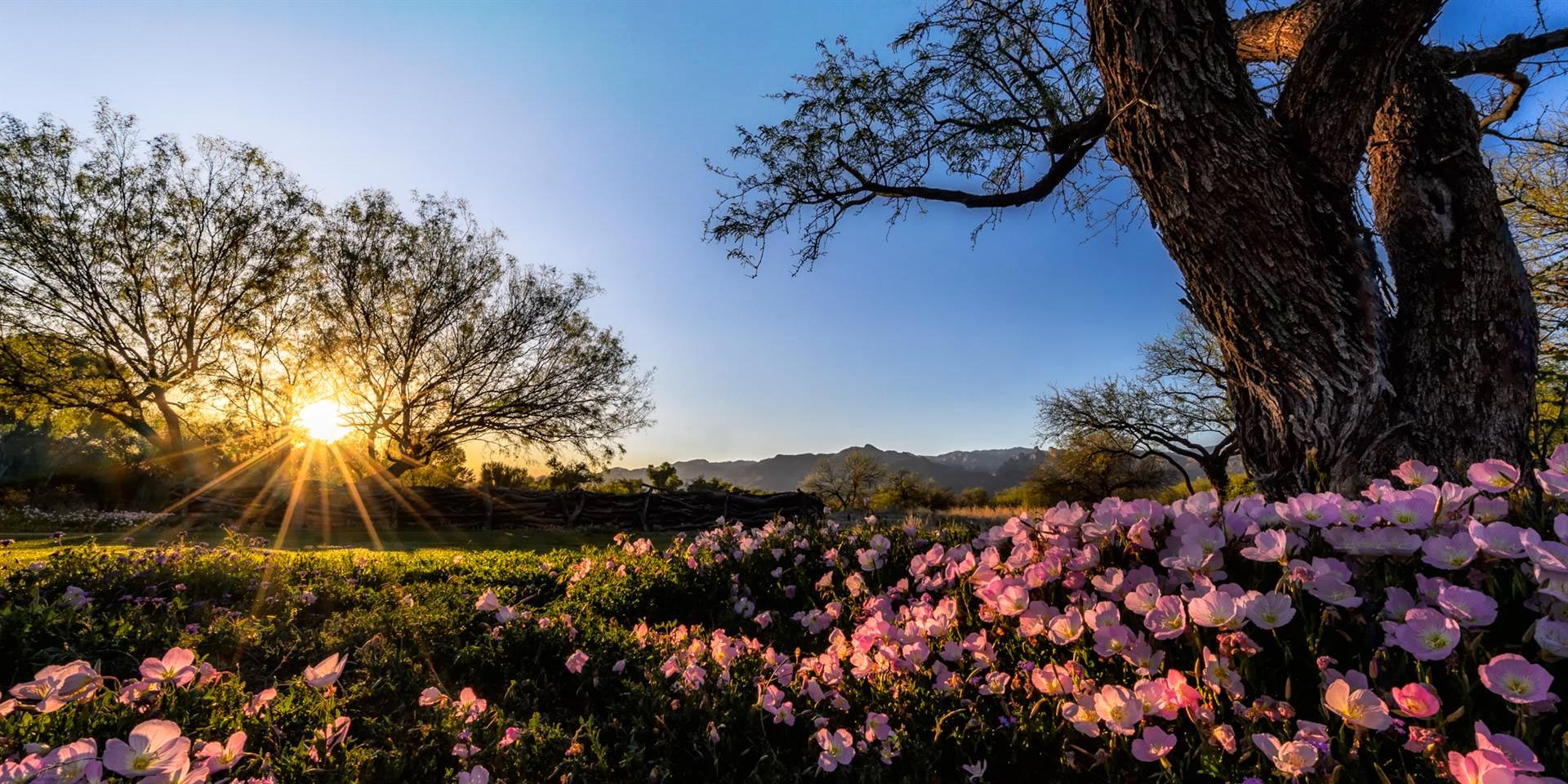Central Arizona
Natural Vegetation of the Casa Grande Ruins National Monument
This report of Casa Grande Ruins National Monument vegetation was produced by the USGS in June 1992. This National Monument is located in Pinal County, 9 miles west of Florence. The list of native flora is contained on pages 14-20. Interesting comparisons of historic photos shows evidence of vegetative change from 1928-1941 to 1987 (46 pgs).
Flora of the Eagletail Mountain Wilderness
The Vascular Plant Flora of the Eagletail Mountains region submitted by Douglas Newton in partial fulfillment of a M.S. degree from Arizona State University. The flora includes an evaluation of the climate, geology, soils, and prehistoric usage of the region, an area covering approximately 100,600 acres, located in west-central Arizona that includes the Eagletail Mountains, Granite Mountains, portions of the Harquahala Valley, and Cemetery Ridge near Clanton Well. Plants were collected over a six-year period, beginning September, 2004 and ending May, 2010. A total of 702 collections were made covering 292 species that represented 63 families.
The Vascular Flora of the Hummingbird Springs Region, Maricopa County, AZ was published in CANOTA:Vol 7. A total of 270 species were collected belonging to 64 families, including 199 genera.(27 pgs.)
The Vascular Flora of San Tan Mountains Regional Park
This inventory of the San Tan Mountains Regional Park was published in October 2007. It was produced by the Arizona State University as part of the Canotia series (Vol 3, Issue3) which is included in the Vascular Plants of Arizona project. This park, part of the Maricopa County Park System, is located southeast of Phoenix (28 pg).
Seven Springs Region, Tonto National Forest
In this web list, plant families are listed alphabetically with hyperlinks to many individual plants. The Seven Springs Region lies in the northwestern region of Tonto National Forest in Maricopa County just north of Cave Creek.
Vegetative Inventory for Tonto National Monument
This report of Tonto National Monument flora was produced by the USGS in August 1995. The list of native flora is contained in Appendix 3 (pages 72-104). Interesting comparisons of historic photos shows evidence of change from 1929-1960s to the 1990’s (132 pgs).

